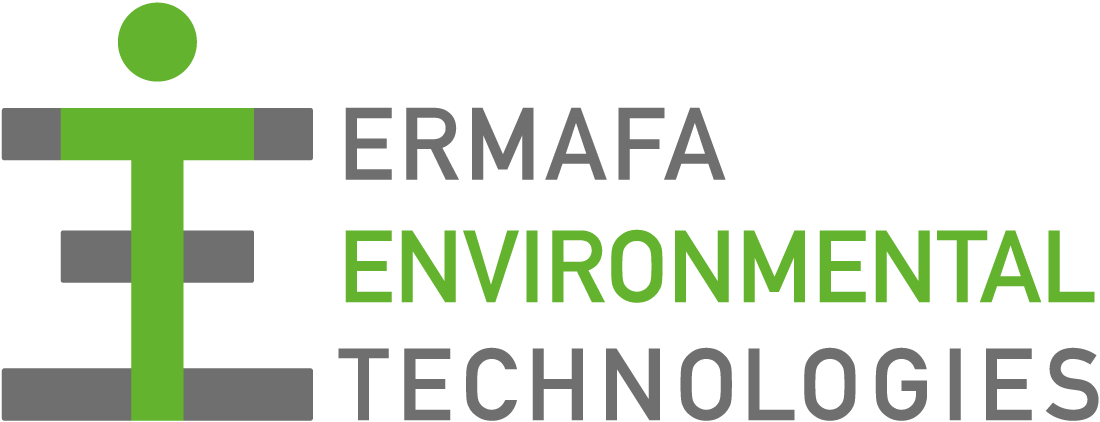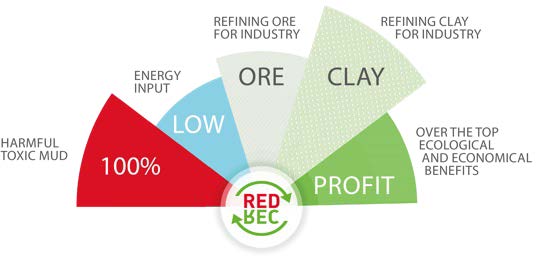BAUXITE RESIDUE
SUSTAINABLE TREATMENT OF TOXIC WASTE FROM ALUMINIUM PRODUCTION
Red mud is a major environmental challenge due to its high alkalinity. The storage and disposal can cause problems such as contamination of groundwater due to alkali seepage, impacting air quality with alkaline dust which has its effect on plant life, and a large area of land required for its disposal. Currently, the most common method of disposing of red mud is landfilling.
This method involves depositing the waste in a designated area and covering it with soil or other materials to prevent the release of harmful substances into the environment. However, this method is not without its challenges. Landfilling is costly, unsafe, requires a large amount of land, and the waste must be carefully managed to prevent contamination of the surrounding environment.
REDREC
NEUTRALIZES HARMFUL RED MUD
AND EXTRACTS SECONDARY
RAW MATERIALS WHILE BOOSTING
CIRCULAR ECONOMY
The REDREC© Technology effectively neutralizes the sodium hydroxide in the bauxite residue and separates it into a heavy ore and a light fraction.
This process does not generate any additional waste and recycles water within the system. It’s important to note that the original composition of the bauxite residue undergoes no chemical changes during this process, but is instead mechanically separated.
THE REDREC EFFECT
WASTE TO VALUE NOT ONLY FOR PROFIT OPTIMIZATION
Before
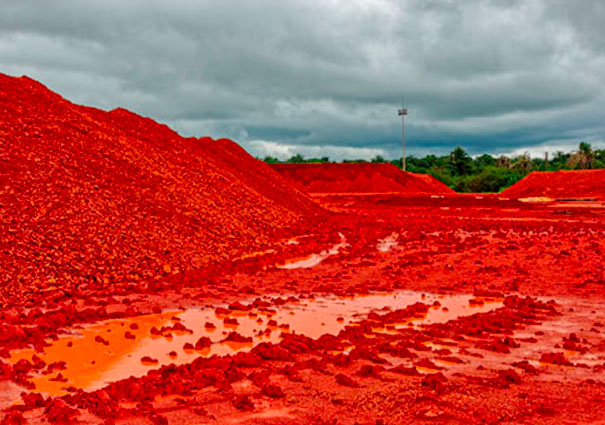
- High alkalinity
- High heavy metal content
- Poor drainage
- Low shear strength
- Radioactivity
Process
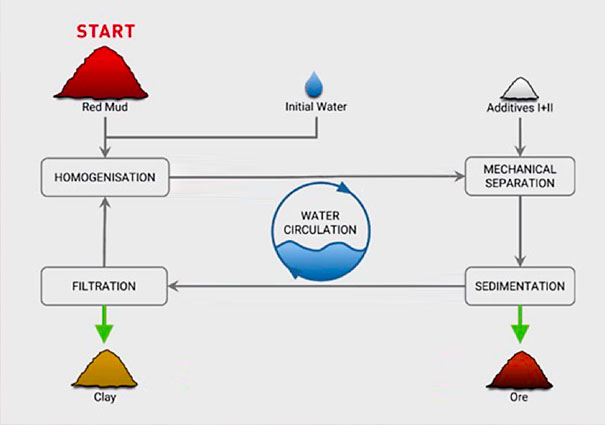
In the first step, the starting material is homogenized and then separated purely mechanically. The process water is bound in a circulation system so that no water is wasted during sedimentation and filtration. Refining purest raw materials for industrial use.
RESULT
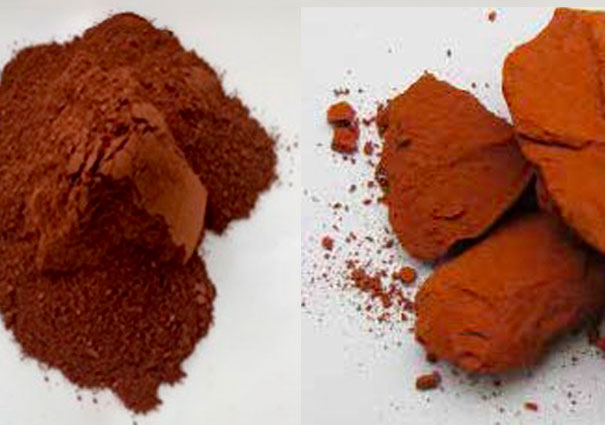
- RedRec result I: fine ore
- RedRec result II: pure clay
- Recovery of light and heavy metals
- Utilisation of the mineral fraction
TEAM REDREC
RED MUD MEANS GOLD
Our first thought was to turn a toxic landfill into a gold mine. Countless more followed. It was a long, intensive journey, which for me personally produced one of the most wonderful solutions for an environmental problem worldwide. Simple and clean like that.
Wolfgang Kapaun, Research and Technology

REDREC TECHNICAL HIGHLIGHTS
FROM POLLUTANT TO RAW MATERIAL
The Red Rec process first disperses the bauxite residue particles and builds up hydration shells around the particles to then use fractioned sedimentation to remove iron heavy fractions. The suspension is filtered to receive refining clay and the process water is returned to the start of the process.
